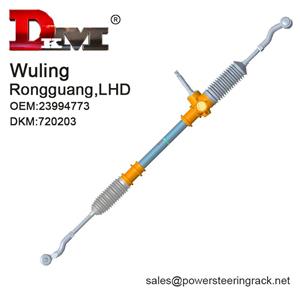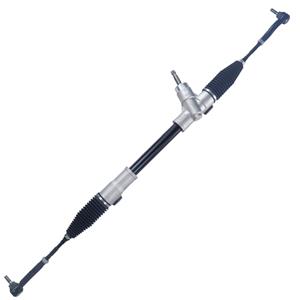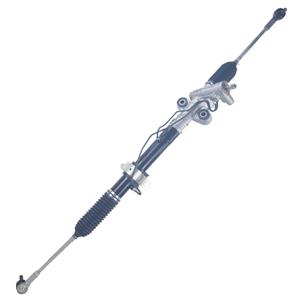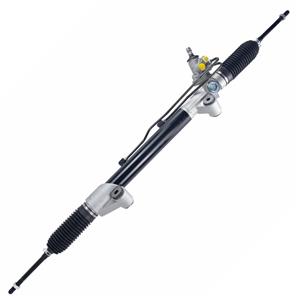What else is a hydraulic steering gear called?
A hydraulic steering gear is one of the indispensable components of modern cars, which provides drivers with the ability to easily control the vehicle. However, many people may only know about this device in terms of its functions, and are not familiar with its various names. Hydraulic steering gears are given various names in different backgrounds, regions or language environments.
This article will explore the different names of hydraulic steering gears and the meaning behind them to help readers have a more comprehensive understanding of this key automotive component.
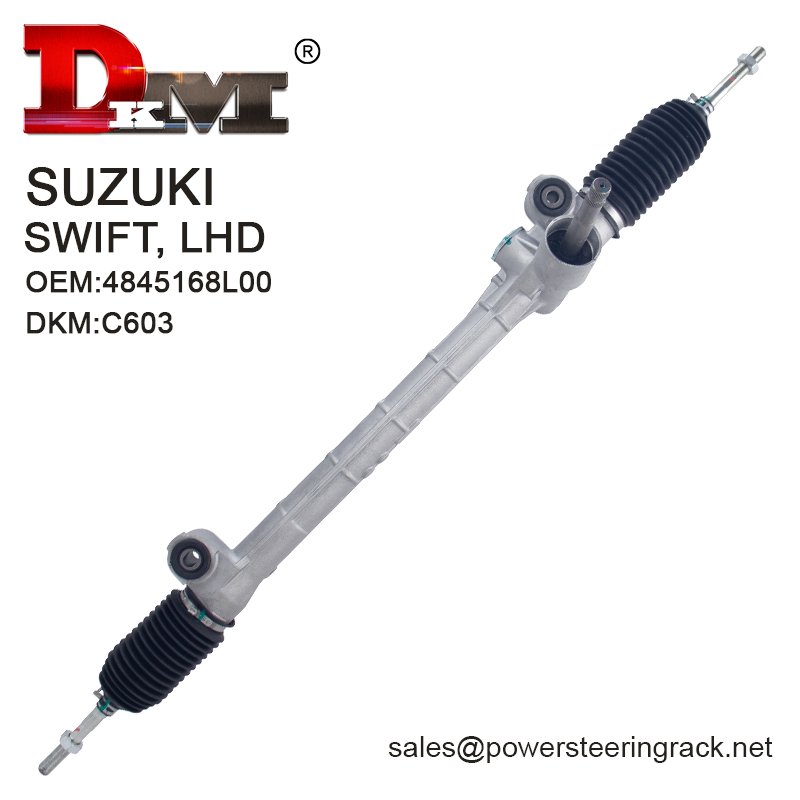
What else is a hydraulic steering gear called?
A hydraulic steering gear is a mechanical device that uses hydraulic pressure to assist steering. In order to facilitate understanding and communication, people have given this device multiple names. Here are some common names:
1. Power Steering System
● Explanation: Power steering is one of the most common names for hydraulic steering gears, especially in English environments. This name directly points out the core function of the device - providing power assistance to the driver, making it easier to turn the steering wheel. This name emphasizes the role of the device rather than its specific working principle.
2. Assisted Steering
● Explanation: Assisted Steering is another widely used name that emphasizes the assistance the system provides to the driver. Compared to power steering, "Assisted Steering" is more neutral and does not specify whether hydraulic or electronic assistance is used. This name also reflects the function of the device, but omits technical details.
3. Hydraulic Power Steering System
● Explanation: This name is more professional and specific, directly pointing out the working principle of the system - steering assistance is provided by hydraulic pressure. In some technical literature and professional discussions, this name is frequently used to distinguish it from the electronic power steering system (EPS). Compared with the previous names, it focuses more on the technical attributes of the system.
4. Rack and Pinion Steering
● Explanation: This is the name of a mechanical structure used in hydraulic steering. Although "Rack and Pinion Steering" itself does not specifically refer to hydraulic steering systems, in many cases, people associate it with hydraulic power steering systems. Especially when there is no power steering, this structure directly transmits steering force through the mechanical linkage of gears and racks.
5. Hydraulic Assist System
● Explanation: Hydraulic assist system is another common name for hydraulic steering gears, especially when multiple types of assists are involved (such as brake assist and clutch assist). This name concisely points out the auxiliary role of hydraulics in the system, and is not limited to the field of steering.
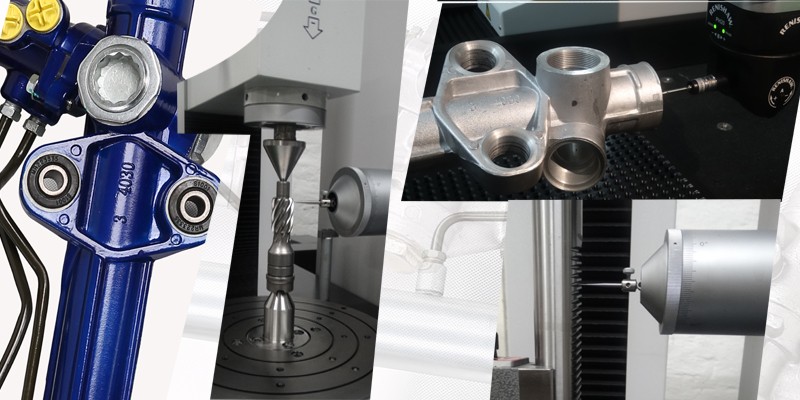
What is the reason behind the multiple names of hydraulic steering gears?
The reason why hydraulic steering gears have so many names is mainly due to the following reasons:
Functional diversity
The main function of hydraulic steering gears is to provide steering assistance, but this function can have many forms according to different application scenarios and technical means. Different names often reflect the functional characteristics of the system. For example, "power steering gear" emphasizes the power-assisting effect brought by the system, while "hydraulic assist system" focuses on describing the working principle.
Evolution of technology
With the development of automobile technology, the design and application of hydraulic steering gears have also changed. Hydraulic steering gears have been given different names in different periods and technical conditions. For example, early steering gears mainly relied on mechanical force and were called "manual steering gears"; with the introduction of hydraulic technology, "hydraulic power steering gears" gradually became mainstream.
Regional and cultural differences
Hydraulic steering gears are called differently in different languages and cultural backgrounds. For example, in the UK and European countries, "power steering gear" or "hydraulic steering system" may be more commonly used, while in the United States, the name "power steering gear" is more commonly used. The differences in these names are often determined by language habits and technology communication paths.
Market and user habits
Marketing and user education also have an impact on the names of hydraulic steering gears. Automakers and maintenance service providers often choose names that are easier to understand and spread during publicity and service. For example, the term "power steering gear" has been widely accepted by consumers because of its intuitiveness.
What are the usage scenarios of each name of hydraulic steering gear?
Hydraulic steering gears with different names have their own applicable scenarios in actual communication. Understanding these scenarios will help us convey and understand information more accurately in technical discussions, product selection and maintenance.
Technical Literature and Engineering Discussions
In literature, research papers, or engineering designs involving automotive technology, "hydraulic power steering system" and "steering rack and pinion" are common terms. These names not only accurately describe the function of the system, but also clearly express its working principle.
Consumer Market
In communication with ordinary consumers, "power steering gear" and "power steering gear" are the most common names. These names are simple and easy to understand, and consumers do not need to have too much technical knowledge to understand them.
Repair and Maintenance
In the field of automotive repair and maintenance, "hydraulic steering gear" and "hydraulic power steering system" are frequently used terms. Maintenance technicians often use these names to identify and communicate about steering system failures.
Academic and Technical Training
In academic research and technical training, more specific names such as "hydraulic steering system" and "hydraulic power steering" are often used to help learners grasp more detailed technical details and system principles.
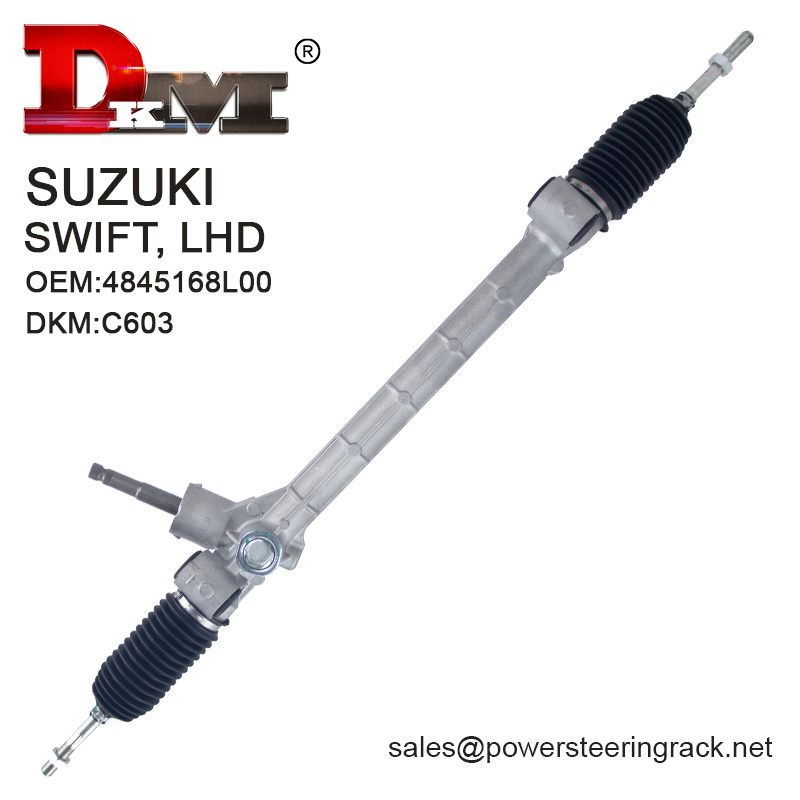
What is the basic structure and function of a hydraulic steering gear?
To understand the different names of a hydraulic steering gear, you also need to understand its basic structure and function. The main components of the hydraulic steering gear include: hydraulic pump, steering rack and pinion, hydraulic oil pipe, steering valve and oil tank, etc. These components work together to complete the function of power steering.
● Hydraulic pump: driven by the engine, providing the hydraulic pressure required by the system.
● Steering rack and pinion: convert the rotation of the steering wheel into the steering of the wheels through gear linkage.
● Hydraulic oil pipe: hydraulic oil circulates between the hydraulic pump, steering valve and steering rack through the oil pipe.
● Steering valve: control the flow direction of hydraulic oil according to the driver's operation.
● Oil tank: store hydraulic oil and ensure the purity of oil through the filter.
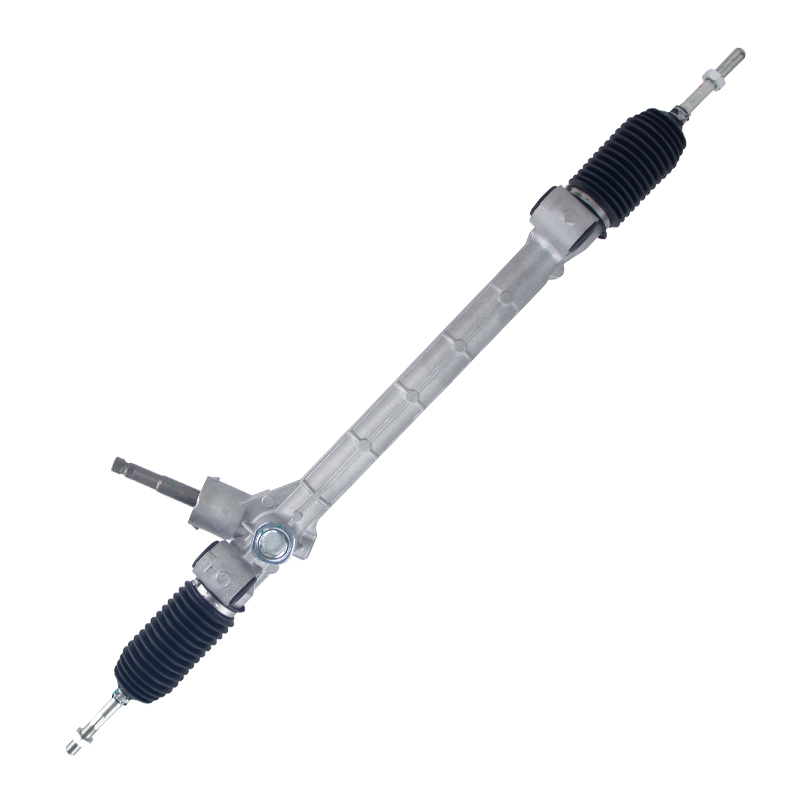
Precautions for the use of hydraulic steering gear
Although the hydraulic steering gear has multiple names and wide applications, the following points should still be noted during use:
1. Regularly check the hydraulic oil level and quality: the state of the hydraulic oil directly affects the working performance of the system. Regular inspection and replacement of hydraulic oil are important measures to ensure the normal operation of the system.
2. Monitor system pressure and noise: abnormal noise and insufficient pressure may indicate problems with the hydraulic pump or oil pipe, which need to be handled in time.
3. Maintain system tightness: The tightness of the hydraulic system is critical. Once a leak is found, it should be repaired immediately to avoid system failure.

